CHARLIE recently released her first EP ‘Spacewoman’. Not to be confused with the classic 1984 Italo disco track ‘Spacer Woman’ but named so in homage, the EP is the work of Berlin-based DJ, musician and producer Leona Jacewska.
She opened her account with ‘Polarity Walk’, a track on the various artists ‘Mechatronica Aid EPII’ in support of Berlin-based artists during the 2020 lockdown while her 2022 single ‘Cold Inside’ was remixed by the notable Danish DJ Flemming Dalum. She has also become notable for her series of SZUM electro events in Krakow as part of the Italo-Proto scene
An immensely satisfying retro-futuristic EP that works in the head as well as on the dancefloor, ‘Spacewoman’ showcases CHARLIE as a talented electronic dance producer of worth. She spoke to ELECTRICITYCLUB.CO.UK about her background and creative ethos.
What attracted you to DJ-ing and making electronic dance music?
I was always passionate about music and loved playing instruments. Playing music with other people together or sharing a feeling through music always made me feel connected with them in a different way. Electronic Music does that on the dancefloor too. An experience witnessed together and connecting in a special way.
How did you decide Berlin would be the best place to relocate in the pursuit of your interests?
I grew up in Berlin and went to school here. The reason I came back was a grant that came through and allowed me to work in the studio.
In Berlin, there does appear to be a tight electronic community where everyone is happy to help each other out, how has this benefitted your development?
True, I love the music community in Berlin. In Poland we also help each other out a lot, but the main difference in my experience is, that the music scene in Poland is a family whereas in Berlin, the music infrastructure is more developed. Thanks to that I have discovered different sides of the music world and other possibilities for my personal development.
How did you become involved in Berlin’s Italo-Proto scene?
Good question! I think that has been the music direction I have been heading for years thus event offers as well as release offers came within that circle. I’d be also a part of it moving to another corner of the world. I think nowadays you are already part of different communities via internet, because the music connects you 🙂
You have organised numerous events, have any particular ones stood out which you gained the most satisfaction from?
Hosting any artist for a weekend or day gave me the biggest inspiration and sharing that with my friends and the audience was the cherry on it. Everything I wanted to learn about live set-ups, sequencers, synths and music production came mostly from other artists I have spent time with. The excitement about it was one of the best moments of my life and I am happy to be still friends with most of my guests.
You released your first track ‘Polarity Walk’ for the various artists ‘Mechatronica Aid EPII’ in support of Berlin-based artists during the 2020 lockdown, how did you decide that would be the most appropriate one to open your account with?
It was not a strategic decision. I had that track recorded for a while and initially thought to add it with other tracks in an EP, but as COVID changed so many plans, I accepted the kind offer of Mechatronica, a label and collective I love and respect and was doing a beautiful thing for the community with the Aid release.
You have just released your first EP ‘Spacewoman’ and the title song was a trailer single… were you aware there was the similarly titled cult Italo song ‘Spacer Woman’ by the other CHARLIE in 1984?
Yeah, ‘Spacewoman’ had a double fit. The track already had a space-ish vibe and in an unconscious stream I used the lyrics “I’m the spacewoman in the cosmic trance” in the break. It felt cheeky to call the track ‘Spacewoman’ afterwards, as a response to all the jokes and questions I’ve heard for years from people whether I did the old ‘Spacer Woman’. Finally I can say “No, I did ’Spacewoman’”
Is the theme of the song ‘Spacewoman’ autobiographical? What was the music inspired by?
Autobiographical in the sense that yes, I am sometimes lost in time. Still carrying synths from the 80s instead of moving on, but what can I do? I’m so nostalgic! The music itself is inspired by all the Italo I have been listening during the years and I wanted to add a DJ-able touch on it with a little drop and “harder” drums.
From the new EP, ‘Let Go’ is very hypnotic, like Chicago meeting Italy, how did the track come together?
I was preparing a new live show for the support act for Arnaud Rebotini. While programming a short bassline as a layer, I played it with just a kick, and realised I like the contrast of a bit less going on in the middle of the live show and thought maybe it’s cool to add only vocals on top of that. The vocals came from my mood that day and after the phrase “Let Go”, I knew I have to give the track some groove and energy, so people dancing to it can really let go.
How did you decide to sign this EP to Wrong Era, the sub-label of acclaimed Italian label Slow Motion who have been involved in the Italo disco revival?
My first live show ever was booked with co-label boss Franz Scala, who asked me for a demo afterwards. At the time, I was perfectly familiar with Wrong Era, I have so many records from the label and it’s the perfect combo of New Beat, EBM and Italo, which I admire.
Your Instagram has plenty new and vintage synths in view, which have been your favourite synths?
Is it that obvious? 🙂
I love all of them for different reasons. First of all old synths like old furniture can be really stylish. While playing a synth physically without a computer being turned on I can escape a bit the every day chaos, enjoy the present and relax. I like the feeling knowing which music was created on a particular synth and that it connects me to those people and artists of that time. Currently my favourite synth is the Yamaha GX1, I don’t own it, but I have the luck to use it regularly for a project you’ll hear more about in November.
The instrumental ‘Dark Waver’ does what it says in the title but are the melodic hints of ‘Oxygène IV’ accidental?
Haha, I am very proud of that title 😉
Jean-Michel Jarre is a legend and one of my top inspirations. I have watched and listened to ‘Oxygene – Live in Your Living Room’ many times before sleeping, but it was not my intention to put the melo in there. I already had the bass and chords and was jamming on it with different sounds. Somehow I played these notes on it and when I heard them I knew, yes why should there not be a little quote of Jarre in my music, as his music influences my approach to music.
What is your favourite moment or memory in the making of the ‘Spacewoman’ EP?
As with every new track, I love the moment of a harmony or a sequence that makes you excited and imagine what the outcome could be. That little gimmick melody in ‘In The Night’ made me happy. Also with every finished track you learn something new. There was a moment during the EP, I felt I am suddenly understanding a little bit more from production, and was shocked how little I knew at the same time and how much more there is to discover.
Who do you think the EP will appeal to and what are your hopes for it?
Probably it will appeal mostly to the Italo world and people that have been enjoying my live shows. I hope it will make people feel, dance, smile, forget and let go. I hope they hear freshness and familiarity at the same time.
Will you do more EPs? Will an album be a possibility or is that now an outdated format?
Absolutely… I wouldn’t say it’s outdated and everything is possible.
What is next for you?
I have of course more music music music incoming!
ELECTRICITYCLUB.CO.UK gives its grateful thanks to CHARLIE
Special thanks to Gabi Stanowska at Eclectica
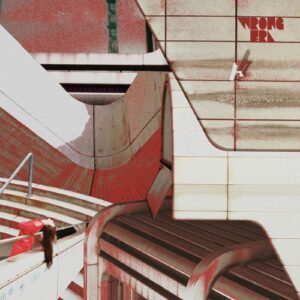 ‘Spacewoman’ is released by Wrong Era / Slow Motion as a 12″ vinyl EP from selected retailers, also available digitally from https://wrongera.lnk.to/Spacewoman
‘Spacewoman’ is released by Wrong Era / Slow Motion as a 12″ vinyl EP from selected retailers, also available digitally from https://wrongera.lnk.to/Spacewoman
https://www.facebook.com/profile.php?id=61557049403213
https://www.instagram.com/charlieszum/
https://soundcloud.com/charlieszum
https://open.spotify.com/artist/3lJcC0aNyTGktyDdnu4Drf
Text and Interview by Chi Ming Lai
8 October 2024




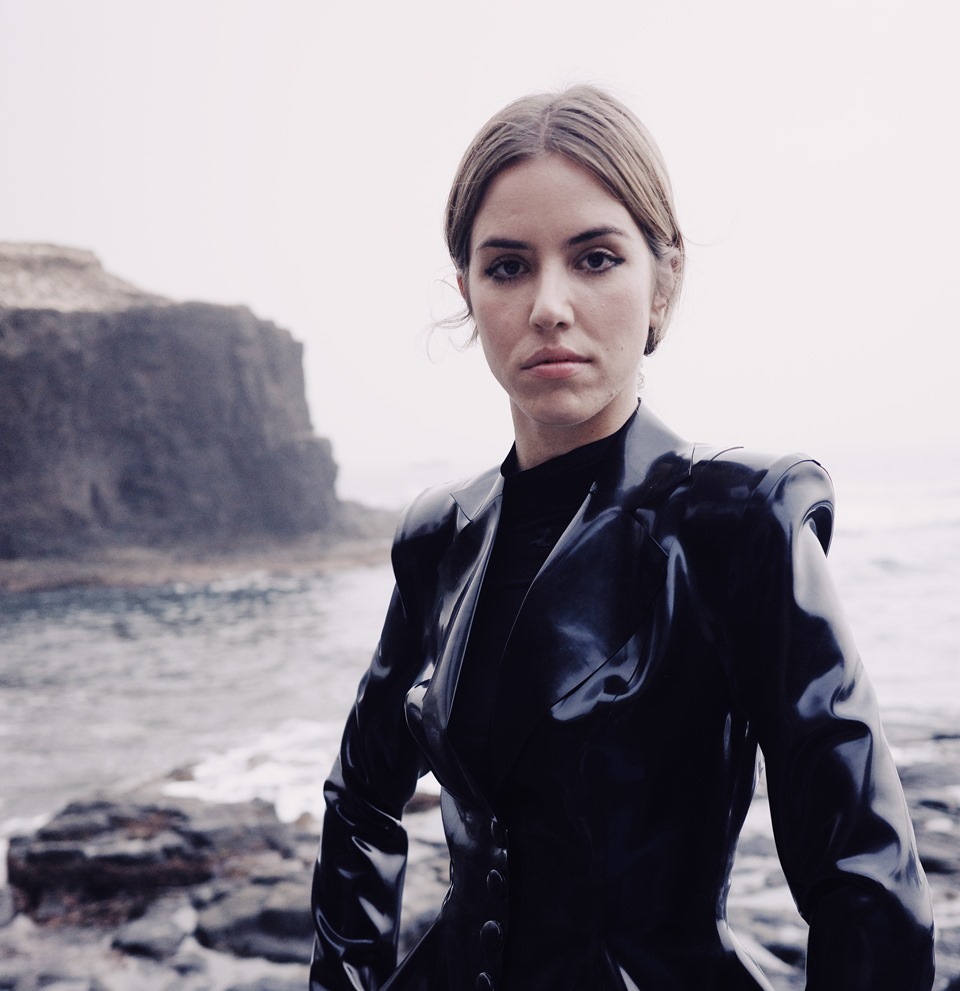

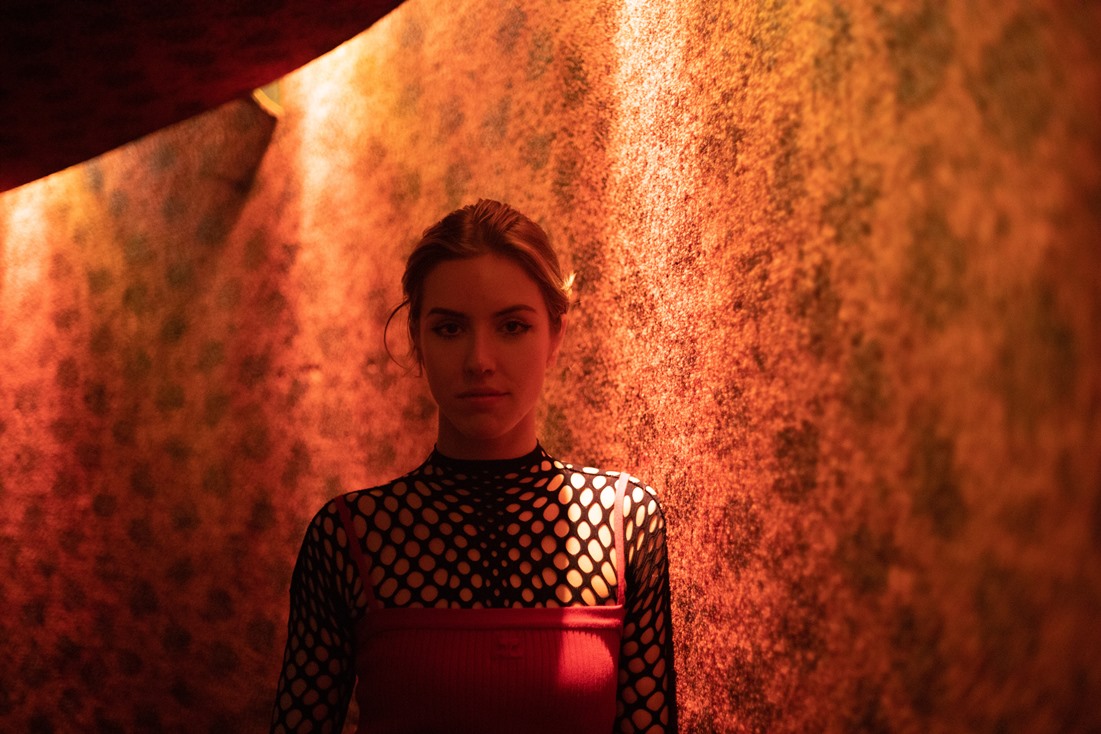
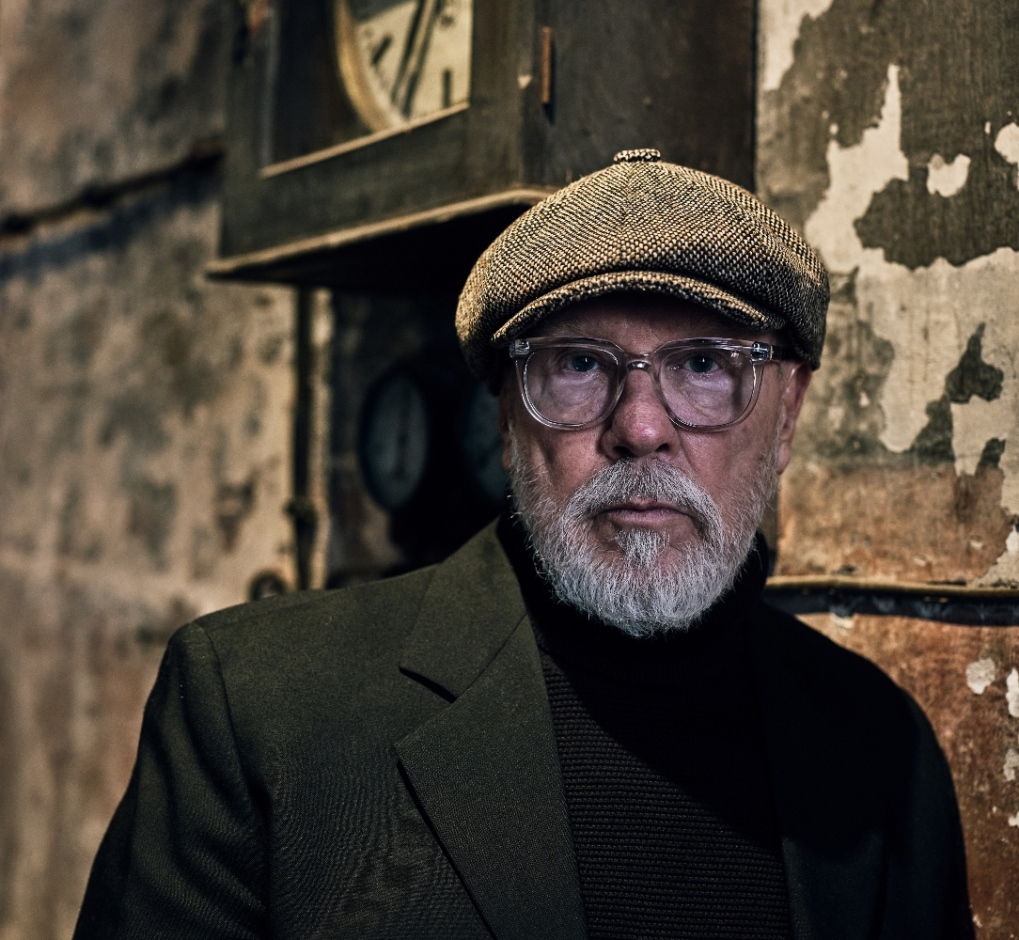
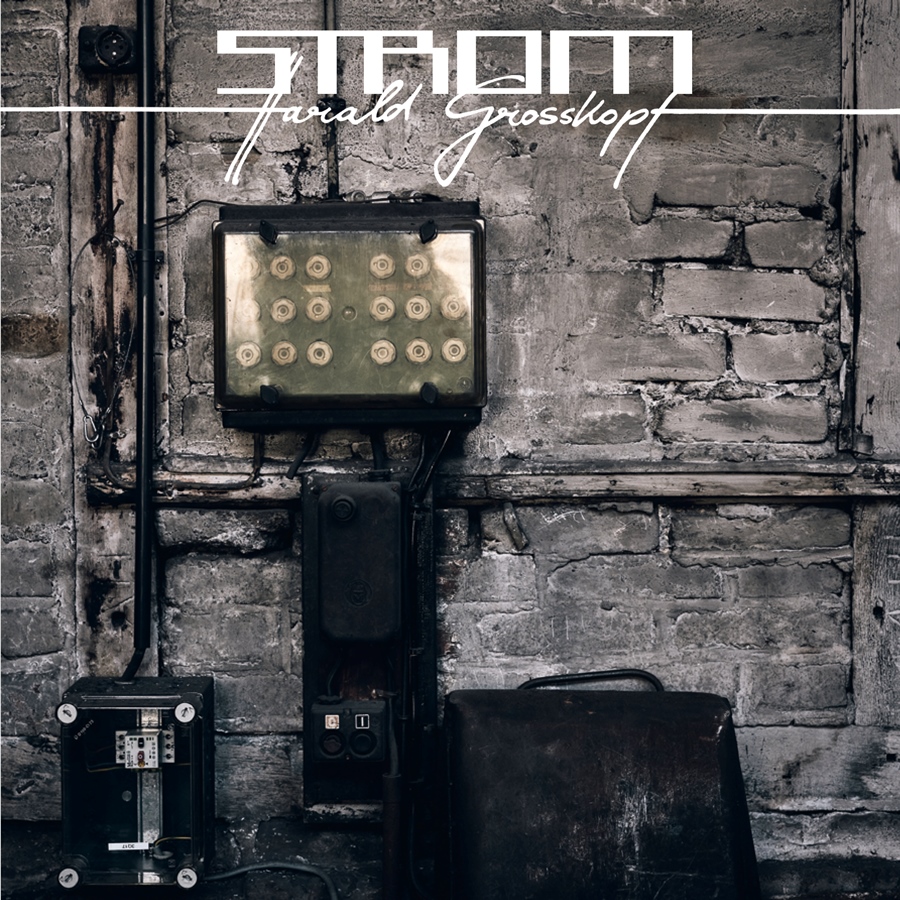
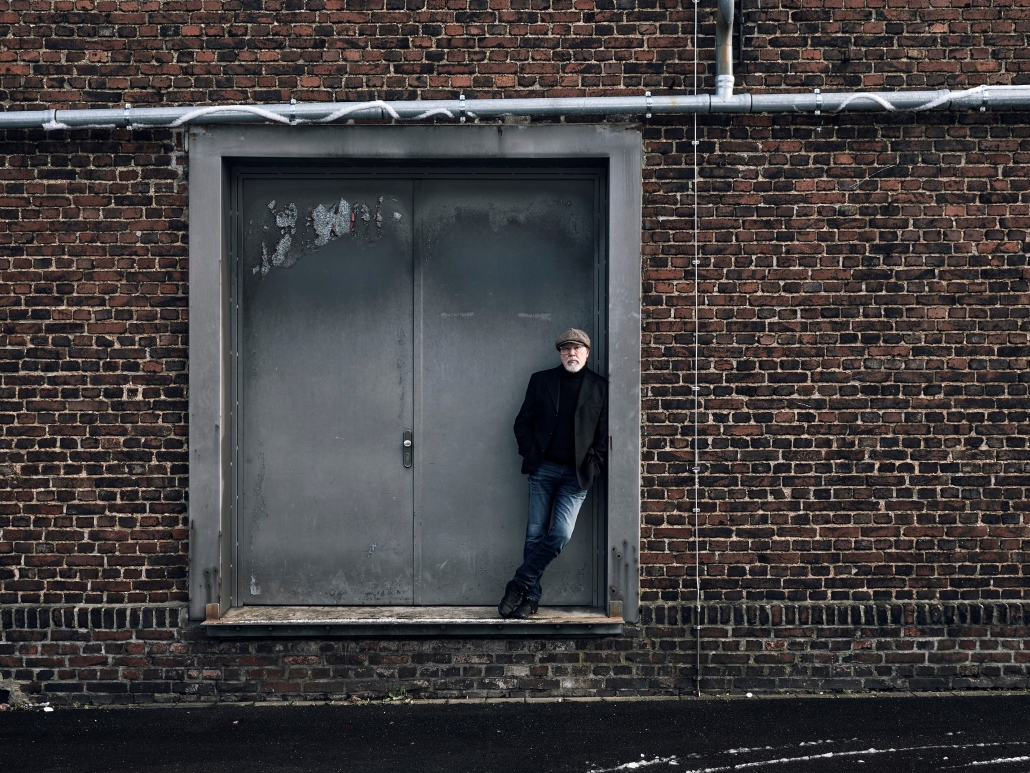
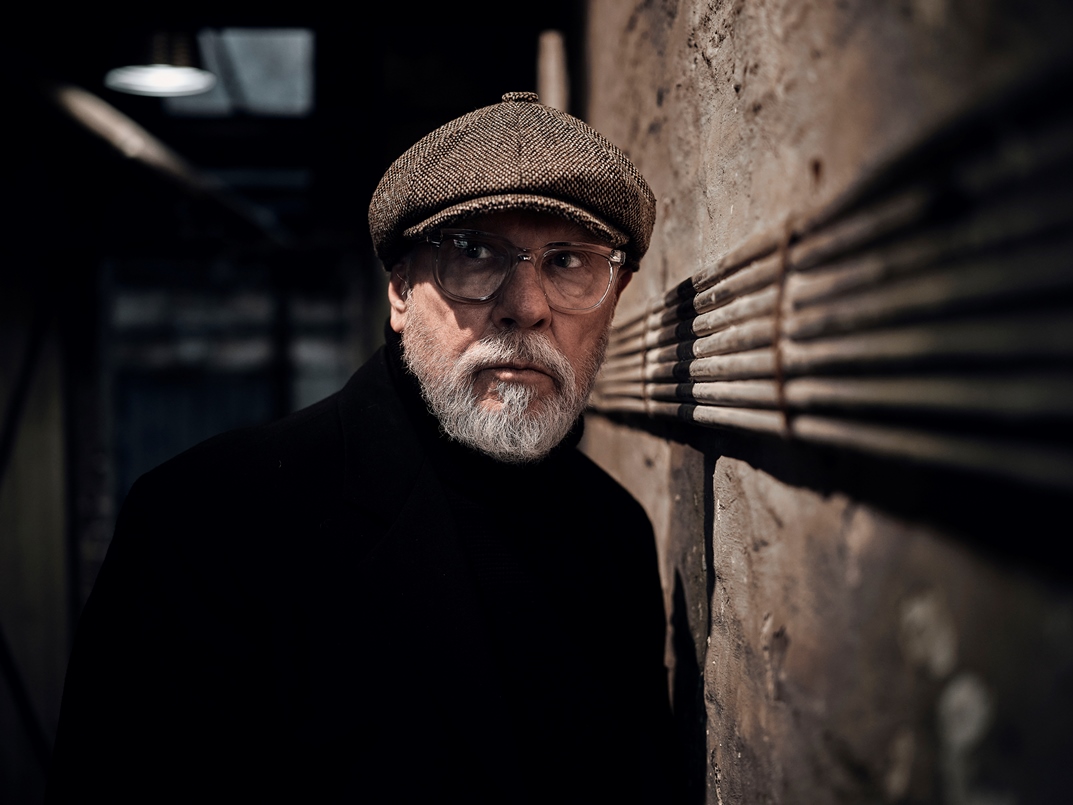
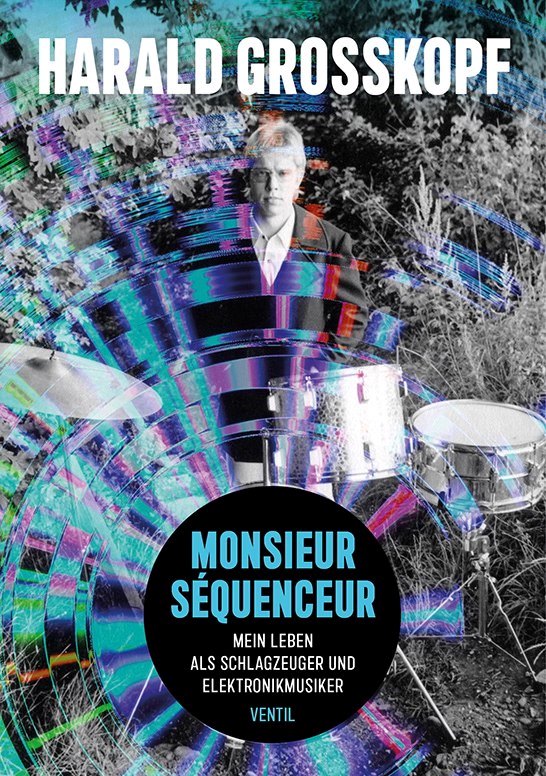
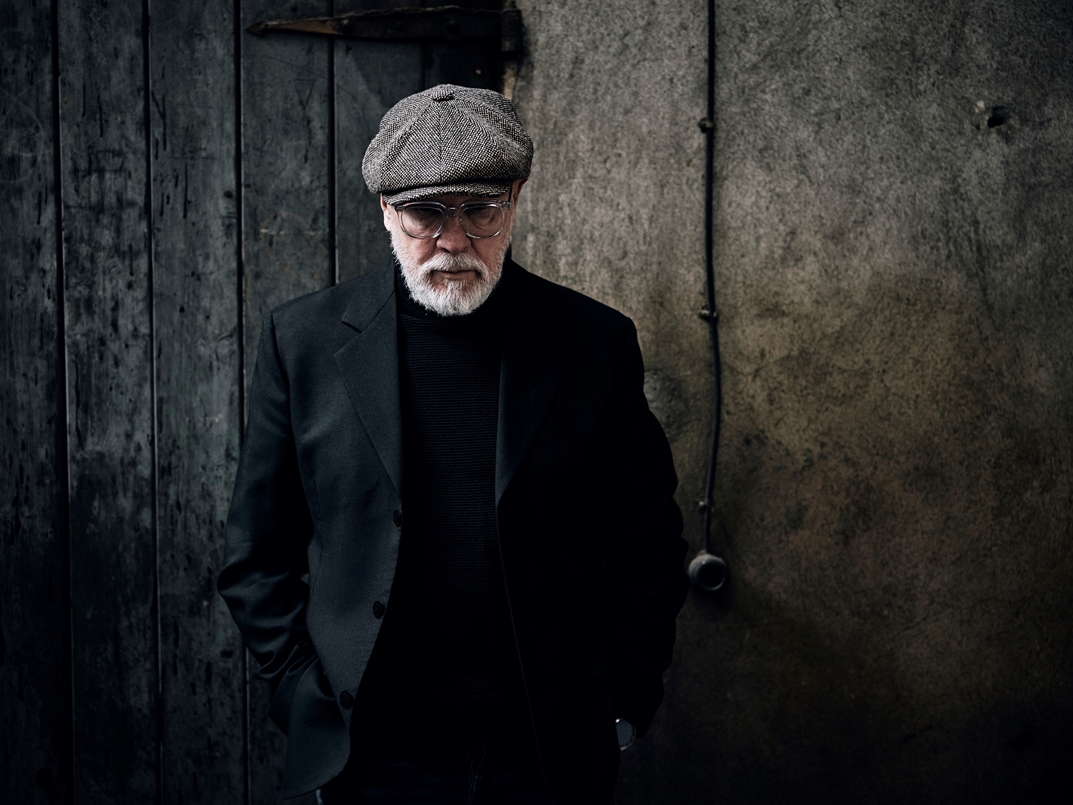
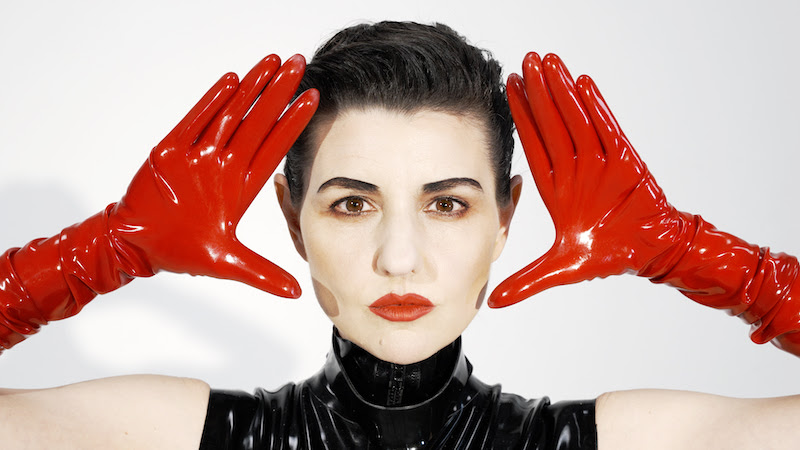

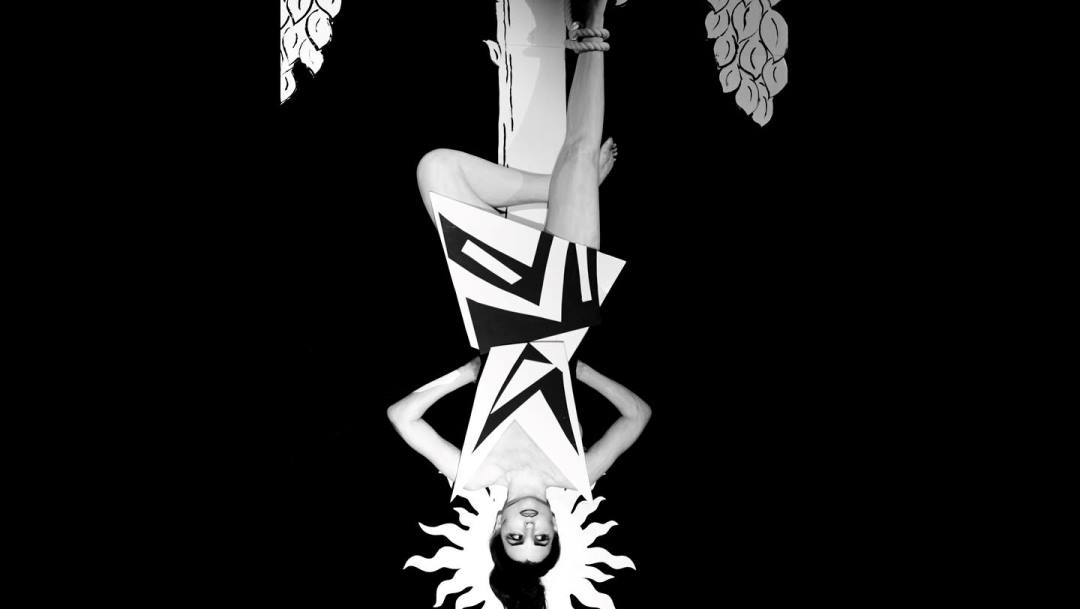

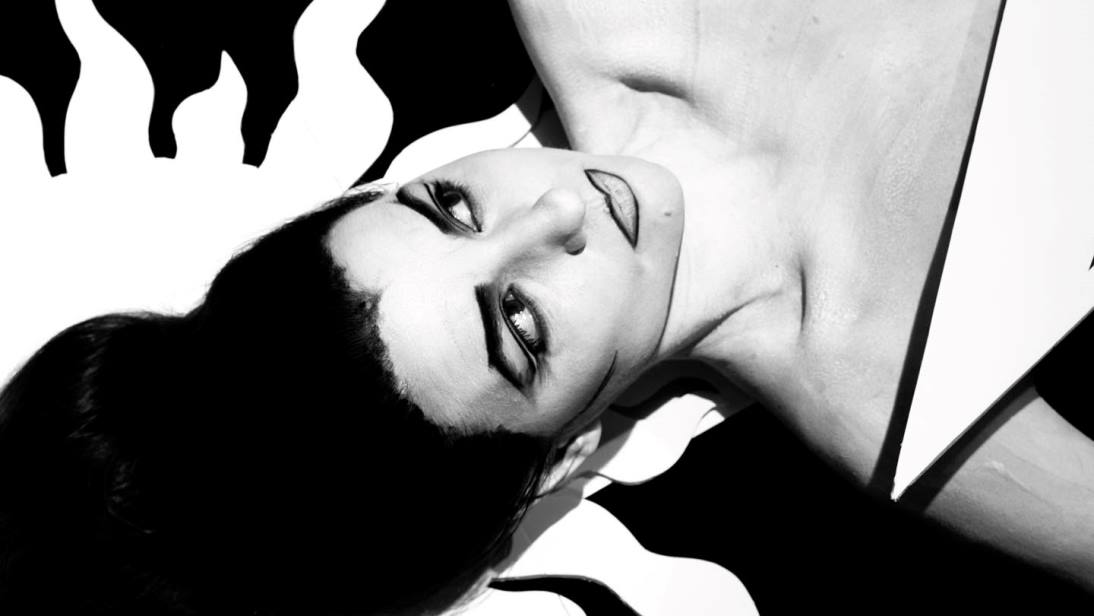
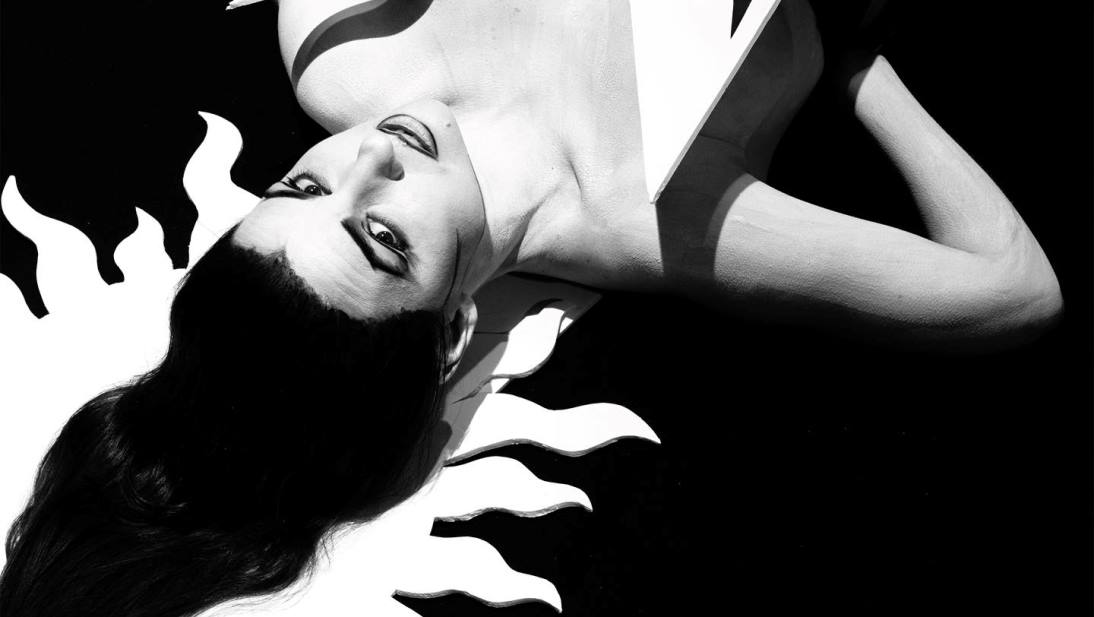
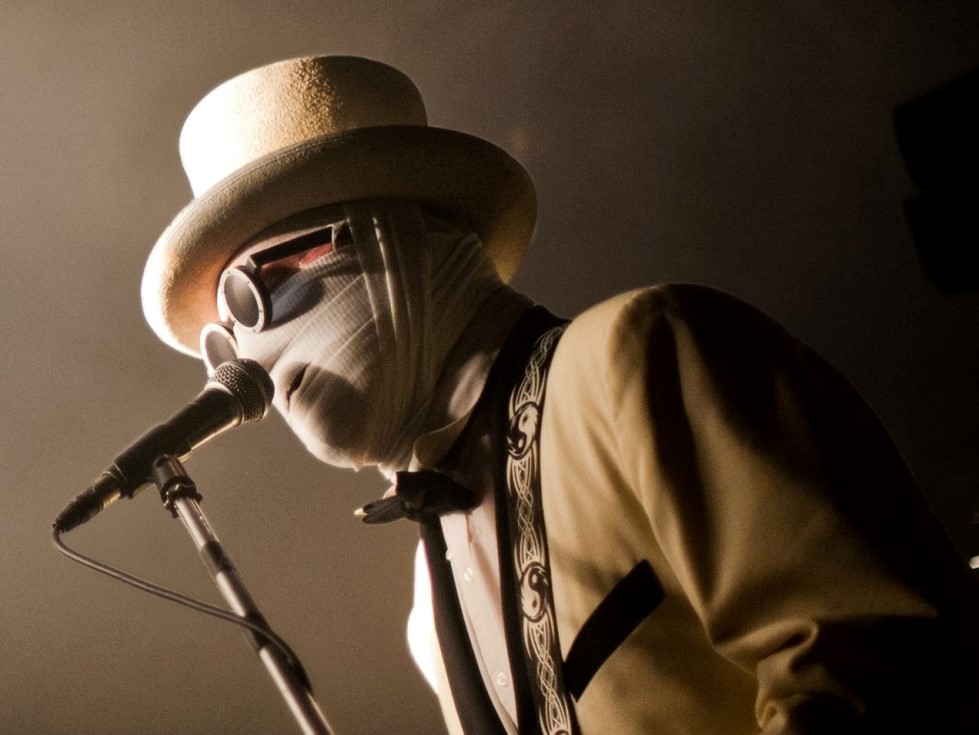
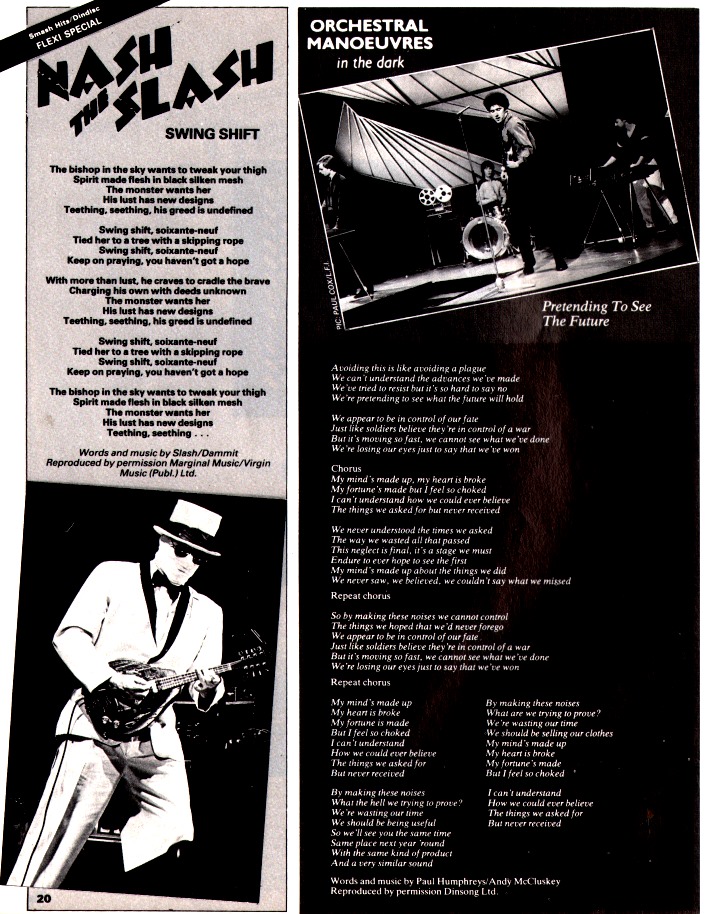
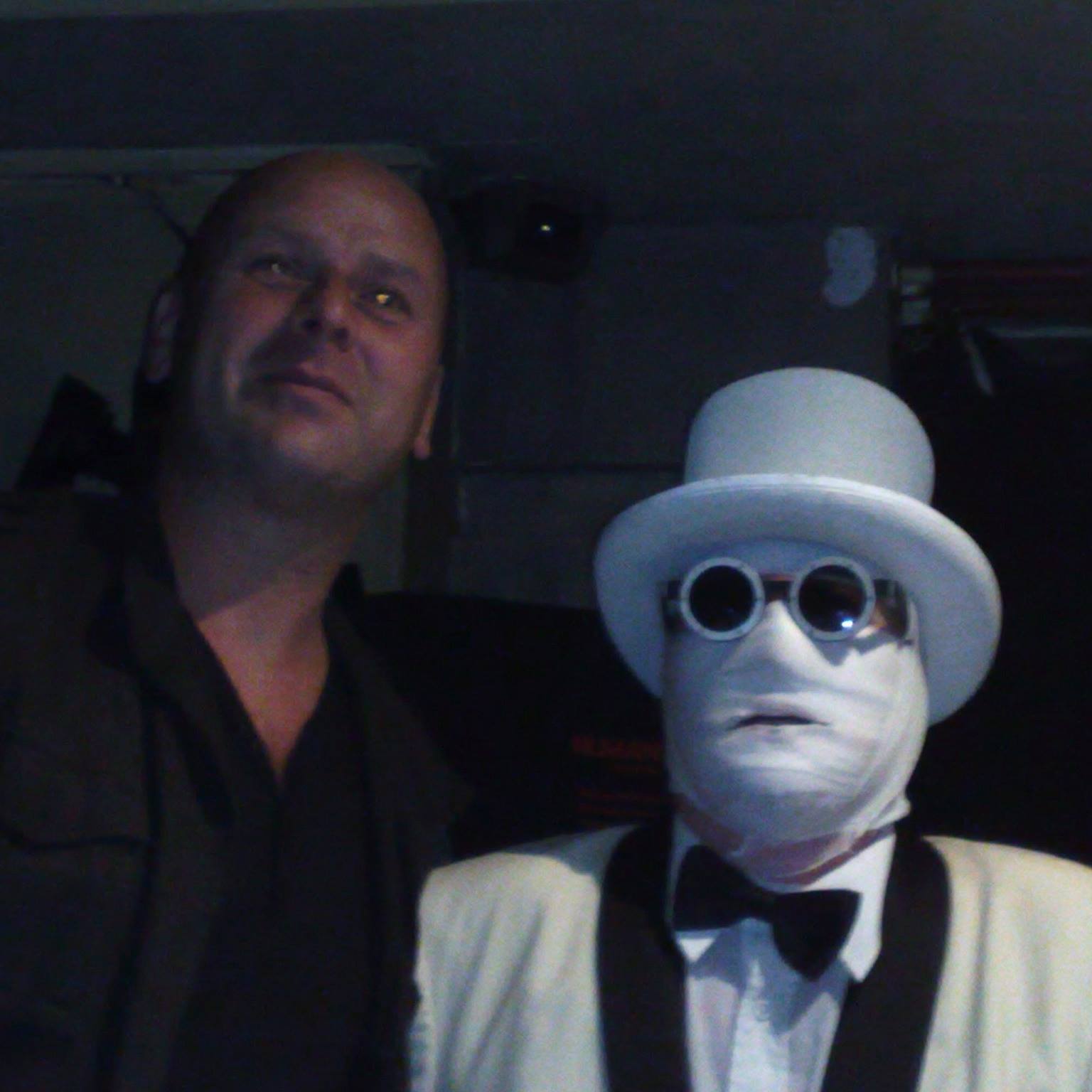

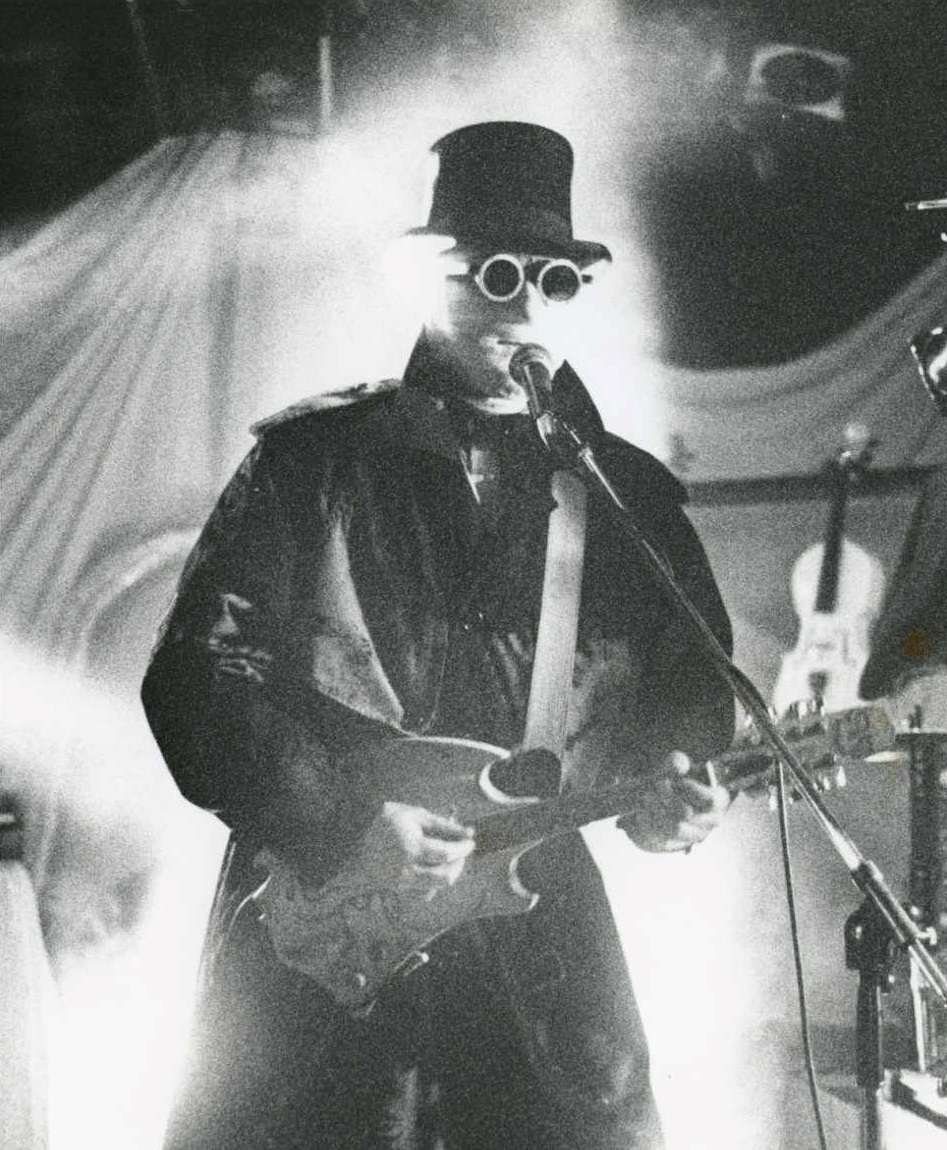
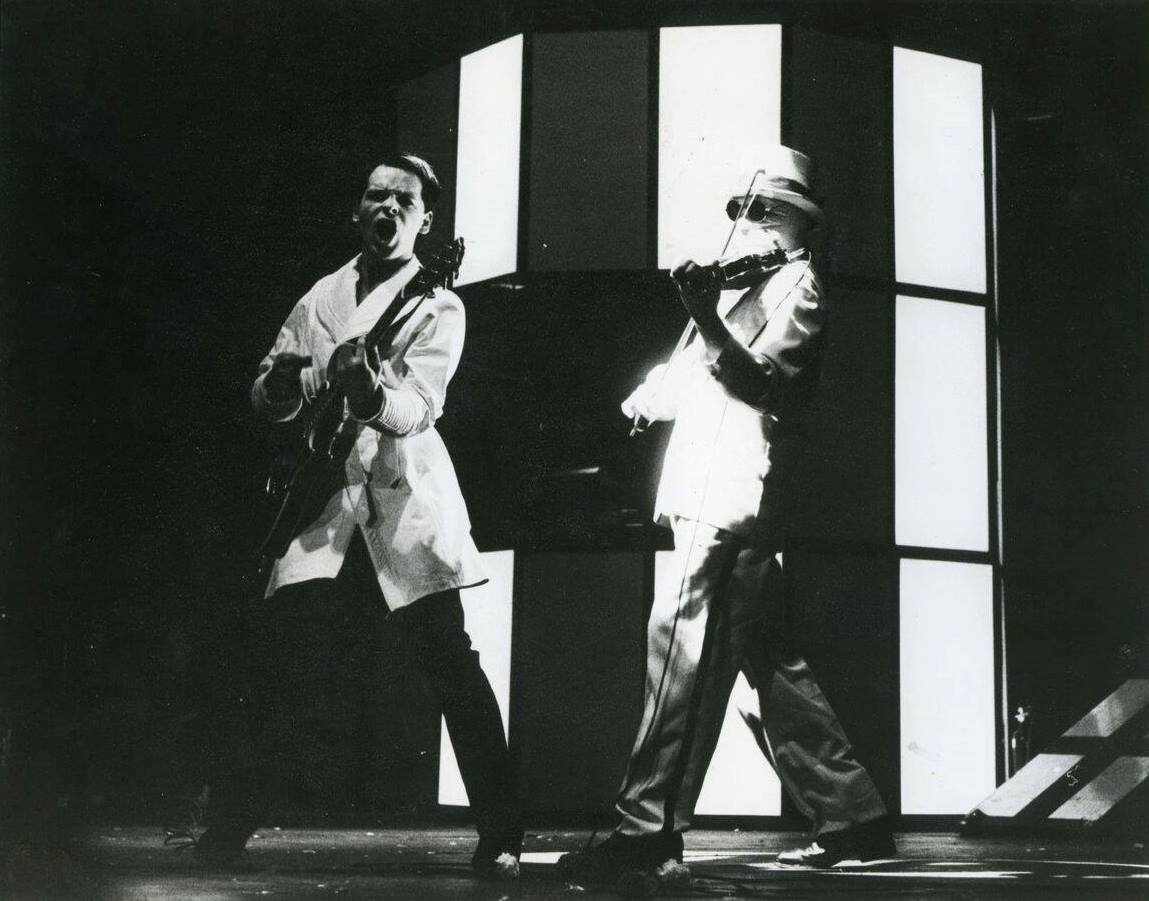
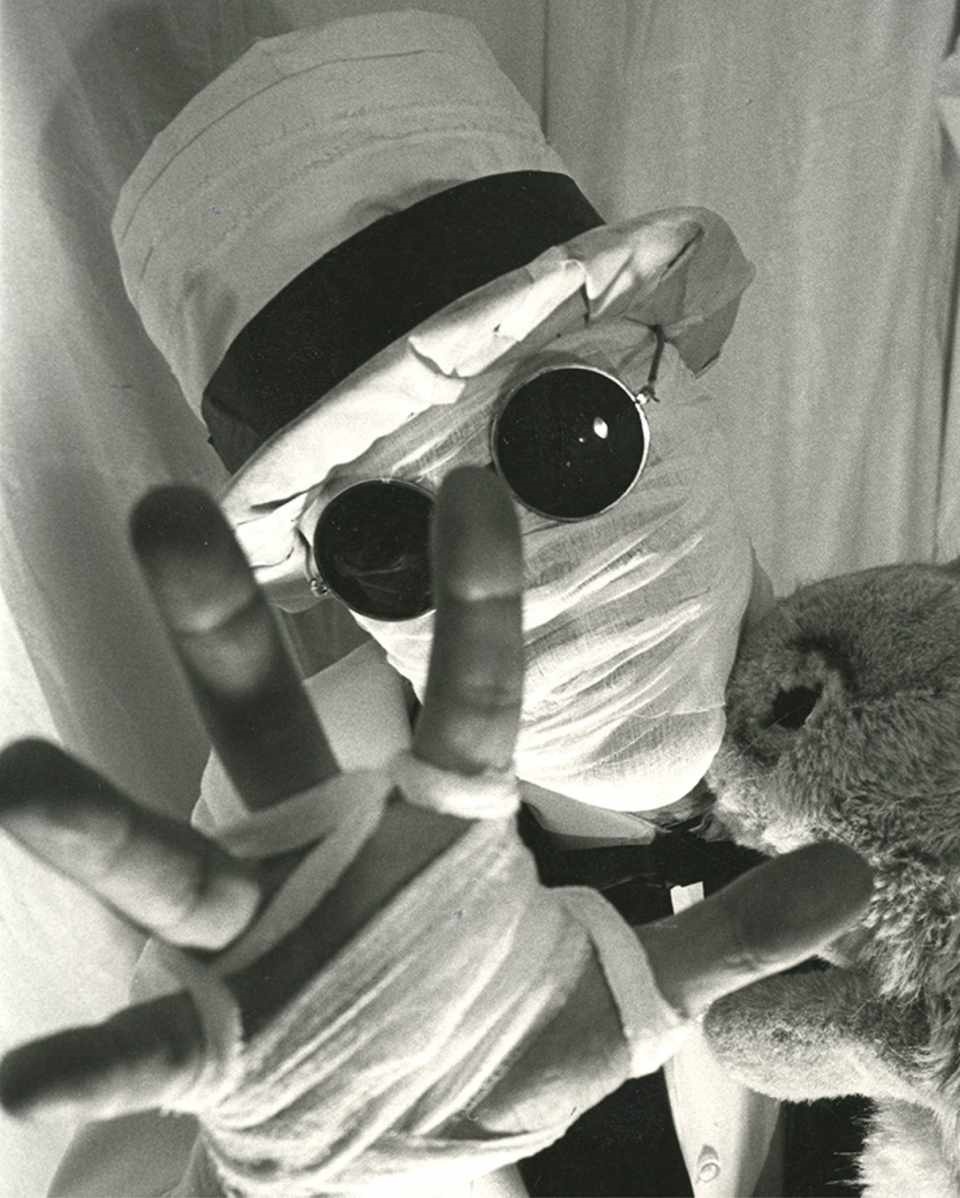
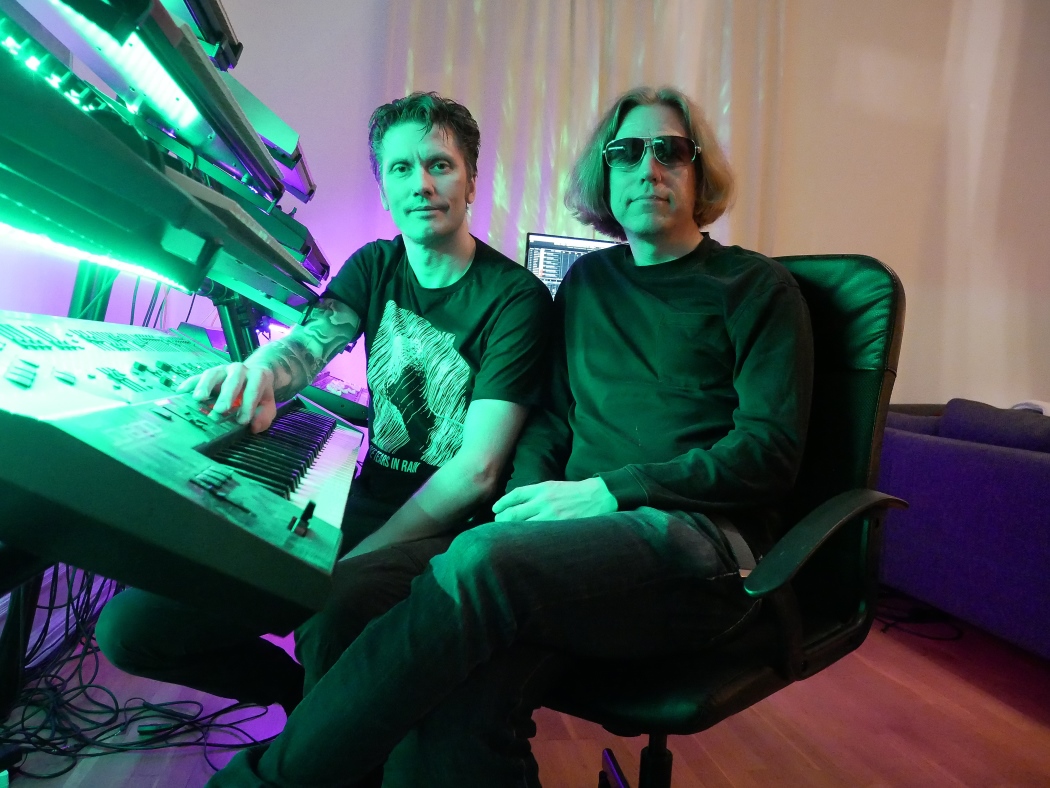
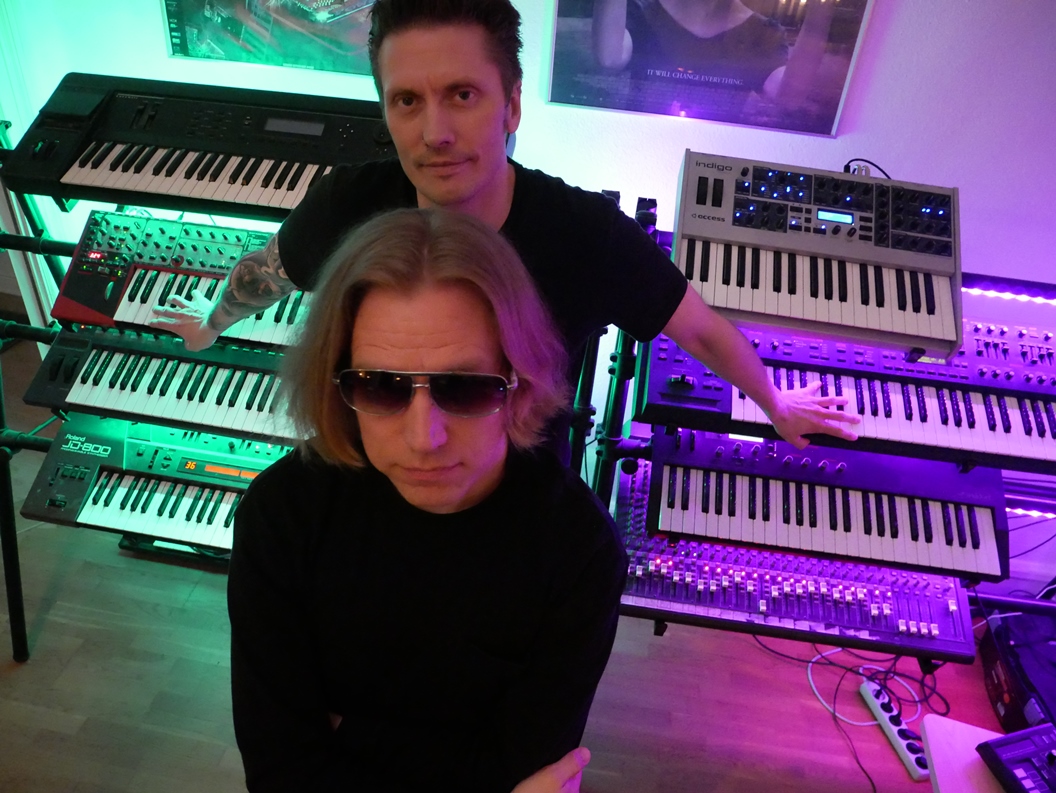
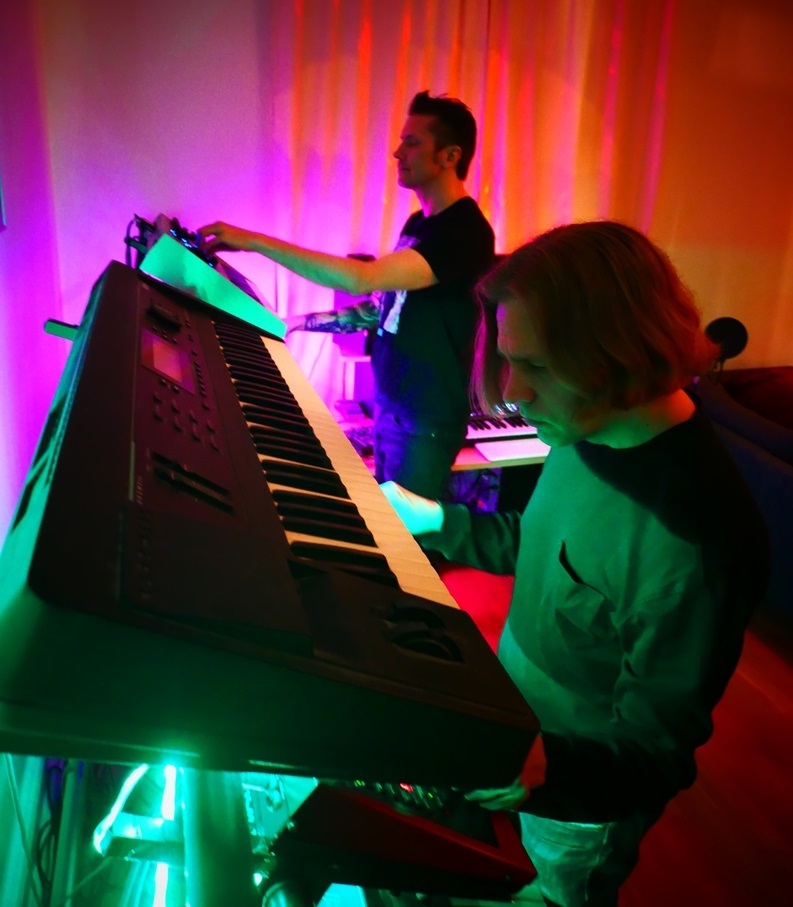
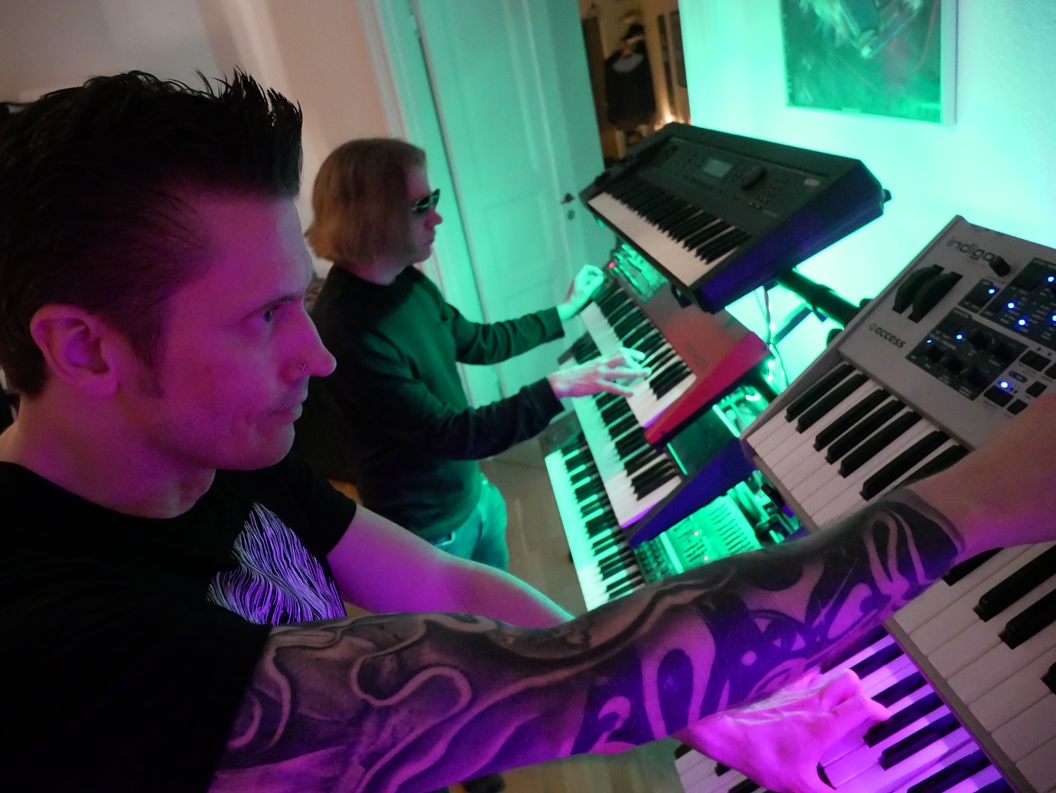
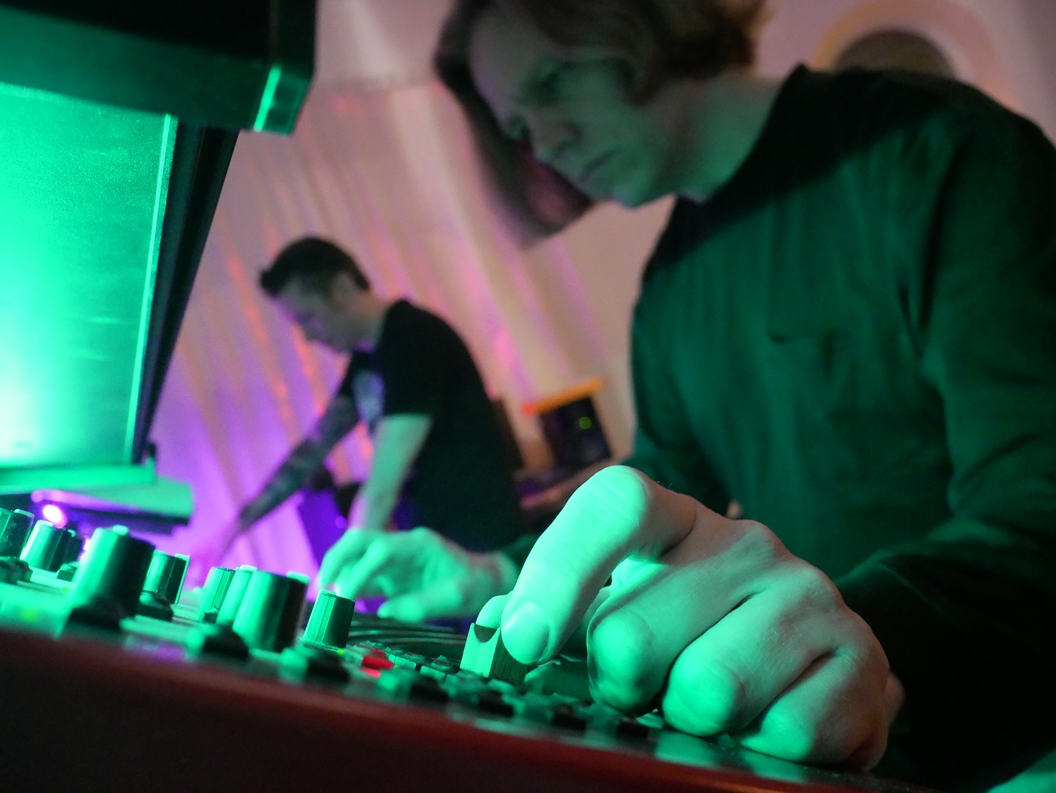
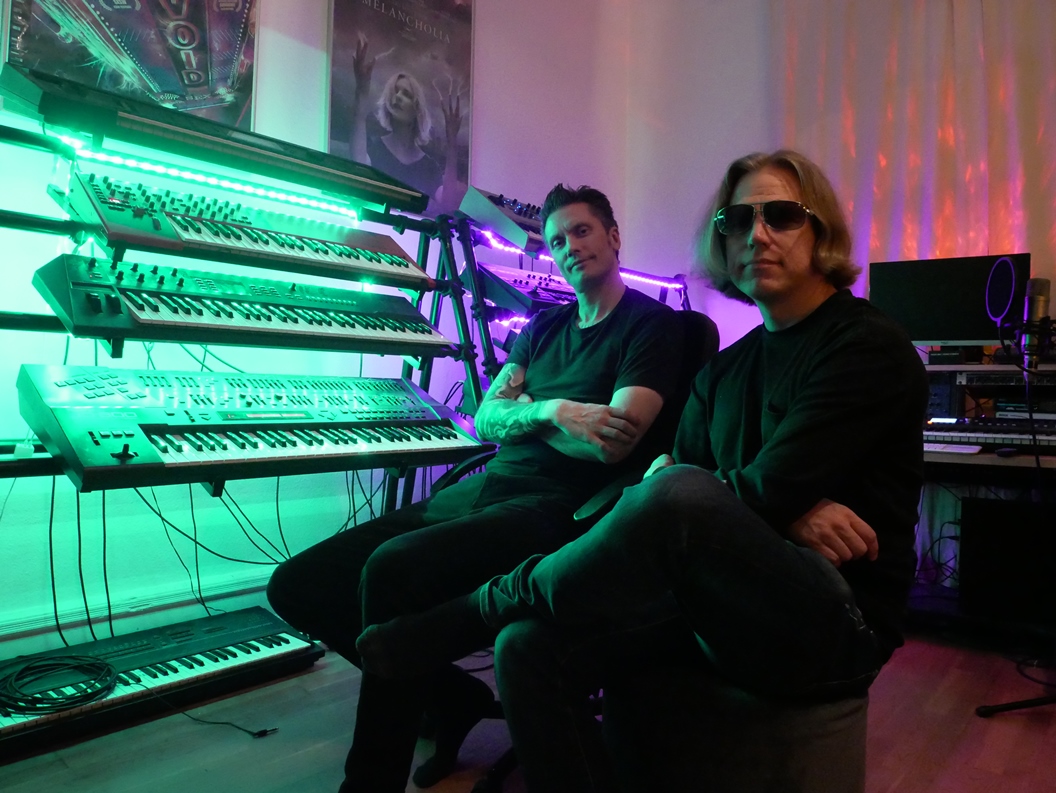
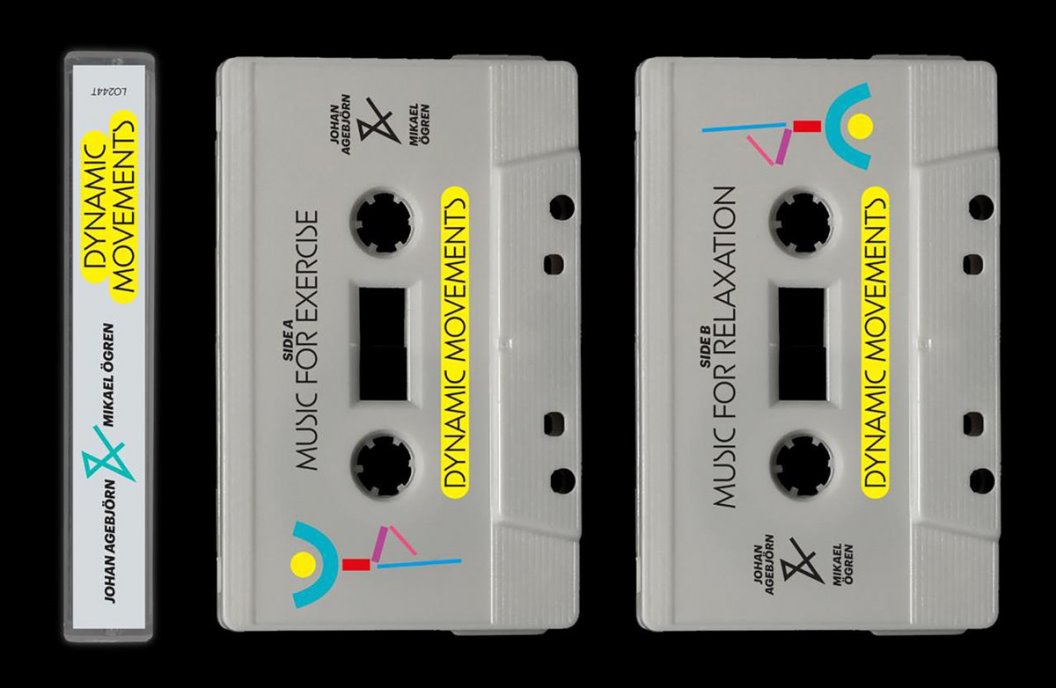
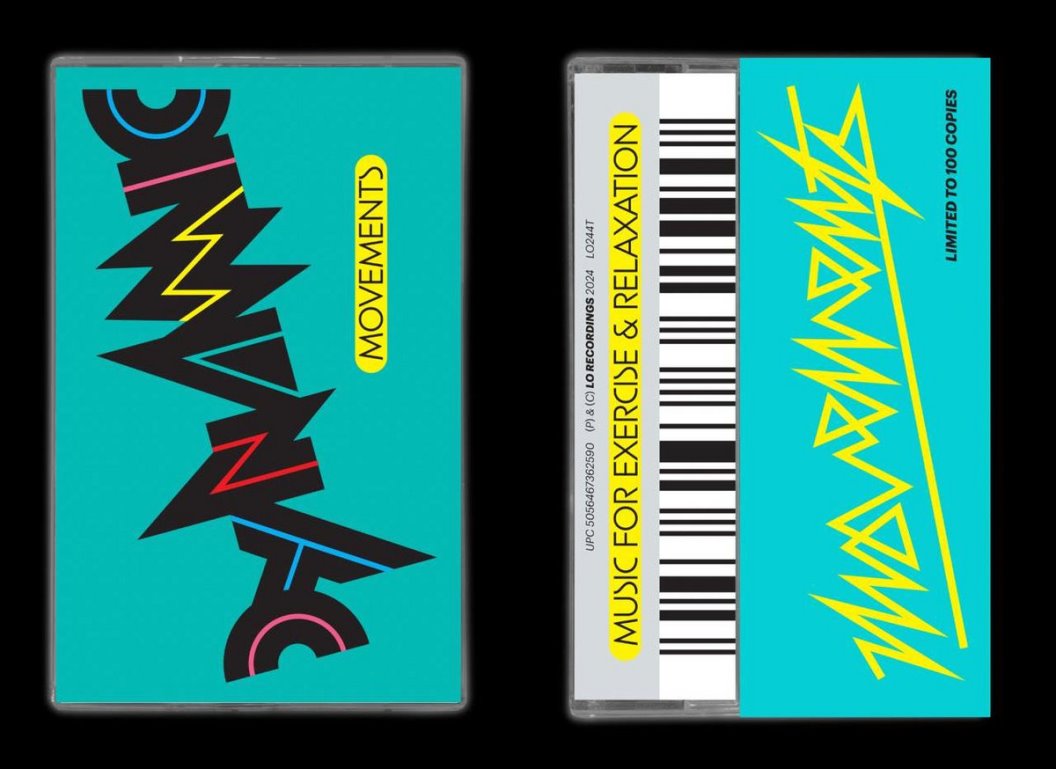
Follow Us!